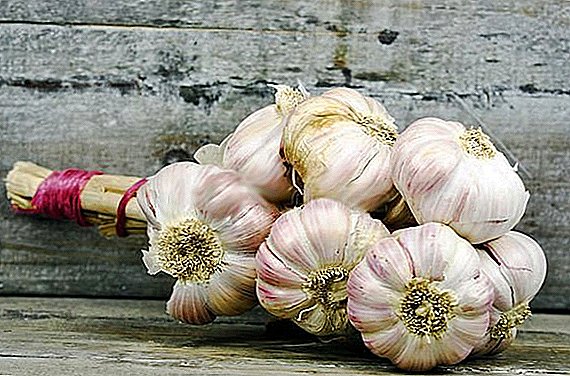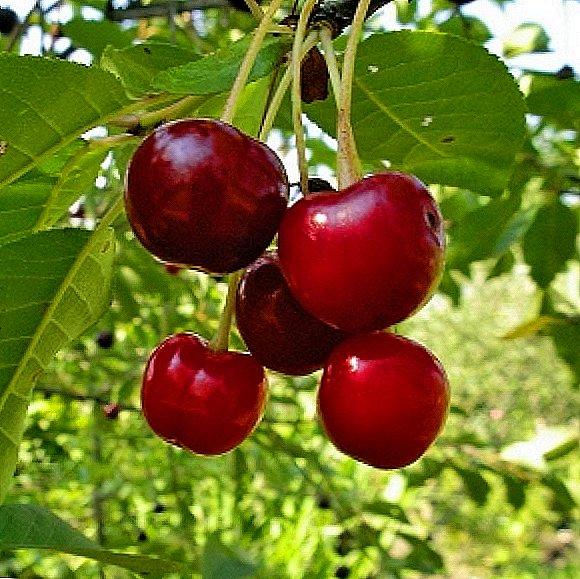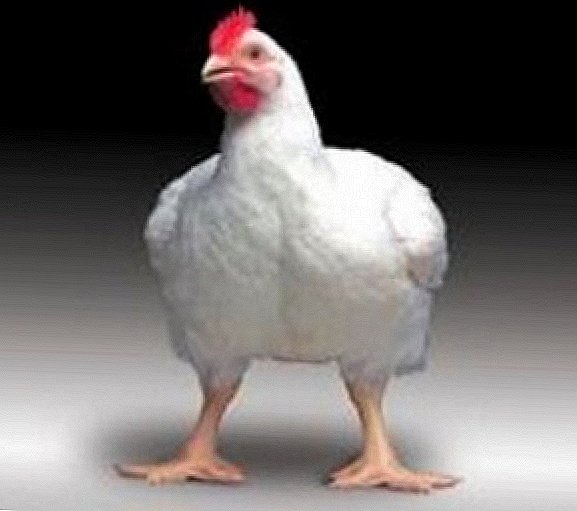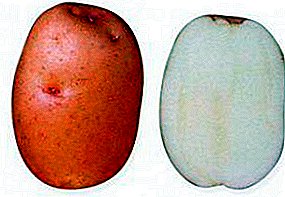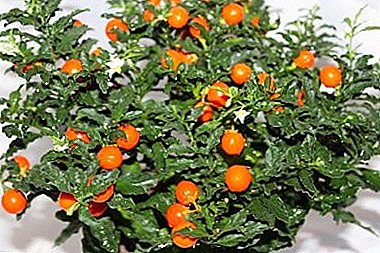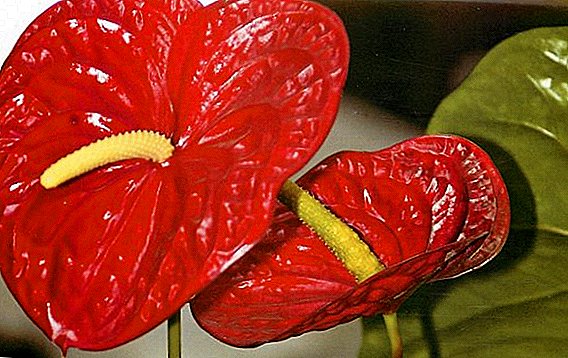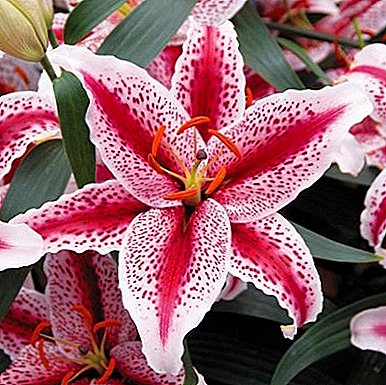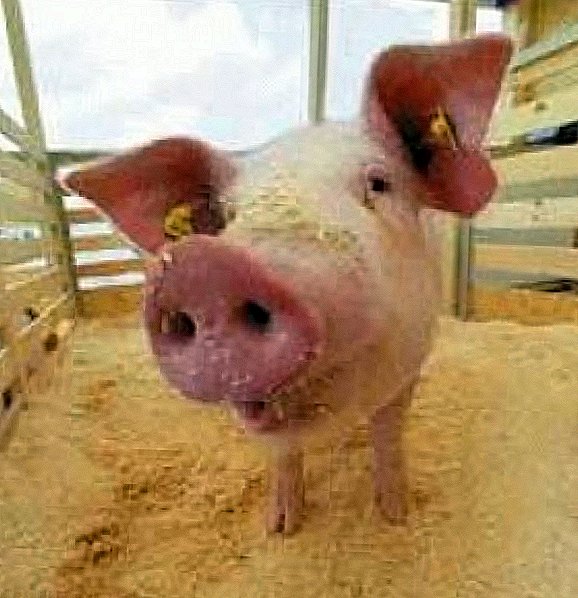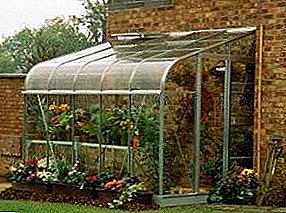
To buy or not to buy a greenhouse is the first question that happy owners of useful acres ask themselves. And most of them respond positively: there is no doubt about the need for this building.
And here gardeners are faced with a new problem. How not to get lost in the abundance of models, structures and materials that modern industry offers? How not to be disappointed later in the purchase?
Choosing the right greenhouse
Manufacturers classify greenhouse structures according to several parameters:
- Size of the greenhouse;
- Type of covering material;
- What made the frame and its design;
- Foundation requirements;
- Useful area of the greenhouse;
- Functionality (airing, automatic irrigation system, the possibility of heating the soil).

On them, and should focus on when choosing:
Greenhouse size
Here, not only the area of the site will be decisive, but also what crops are planned to be grown. The greenhouse should be quite tall and spacious.
The design of greenhouses is simple: a material that allows sunlight to pass through is installed on the frame. But it is on these two pillars that the gardener's success will continue.
Only by approaching the question of choosing a frame and covering material with all the meticulousness, can you subsequently avoid deep disappointment with the purchase.
Covering material
It is represented on the market in four positions:
- polyethylene film;
- spunbond;
- glass;
- polycarbonate.
Polyethylene film the most affordable material. Minus one - fragility. If the plans to operate the greenhouse one season, the film will be a good choice.  It transmits ultraviolet rays well. Density from 100 to 150 microns ensures reliable protection of plants from light frosts. Easy to install on any frame.
It transmits ultraviolet rays well. Density from 100 to 150 microns ensures reliable protection of plants from light frosts. Easy to install on any frame.
It is better to purchase a reinforced film. She tolerates a hurricane wind, she is not afraid of hail. Reinforced film protects plants from frost. Will serve several seasons.
Spunbond - dense white material until recently was used to shelter plants directly on the beds.
Modern manufacturers have presented to summer residents a novelty - Spunbond-60. This strong agrofibre is used for wrapping the greenhouse frame. It transmits enough light. At the same time protects plants from sunburn. Spanbond is not afraid of temperature changes, withstands severe frosts.
Condensate does not accumulate in the greenhouse, covered by spandbond. The canvas can be stitched to the desired size. Properties from it are not lost.
Glass remains one of the popular materials. It is resistant to moisture and transmits up to 85% of sunlight. Easy to clean. Does not emit harmful substances even with strong heating.
A serious drawback is the strictness of the installation requirements. The frame must be particularly durable, the glass is heavy. Be sure to use seals. Any distortion of the frame will lead to cracking of the glass.
The material is fragile and requires careful handling. Find in the sale of such greenhouses is not easy.
 Cellular Polycarbonate - it is durable polymer plastic. It consists of two layers, between which there are cavities with air. Popularity goes to first place. The material has a light transmittance slightly lower than that of glass. But he better scatters sunlight, which favorably affects the protection of plants from sunburn.
Cellular Polycarbonate - it is durable polymer plastic. It consists of two layers, between which there are cavities with air. Popularity goes to first place. The material has a light transmittance slightly lower than that of glass. But he better scatters sunlight, which favorably affects the protection of plants from sunburn.
Polycarbonate is lighter and stronger than glass. Distinguishes polycarbonate and high thermal insulation. It is achieved due to the layered structure of the material. If you install a heating system, the greenhouse can be operated year-round.
What to look for:
Sheet thickness. It is indicated on the basis of the material of the frame. Best choice 4-6 mm. A thinner sheet indicates low quality. It may break under the pressure of snow.
Weight. In a standard sheet, it must be at least 9 kg.
IMPORTANT: Low weight is not a lightweight version of the material, as unscrupulous manufacturers try to convince. He talks about the presence in the composition of a large amount of secondary raw materials. Additional impurities not only reduce the density of the product, but can also produce an unpleasant smell in the summer heat.
The presence of markings denoting the outer and inner sides. This question should not be ignored. The fact is that a special transparent coating that protects against ultraviolet rays is applied to the outer side of the polycarbonate sheet. If the installation mix up the internal and external side, the greenhouse will not fulfill its purpose. Moreover, it will quickly fail.
IMPORTANT: If the seller assures that the protective components are not applied to the surface, but are added directly to the plastic, give up the purchase. Such polycarbonate will quickly collapse. A high-quality coating has a protective film on the outside, where the manufacturer's contacts are indicated.
Frame
 If you can save on covering materials, then very high demands should be placed on the frame.
If you can save on covering materials, then very high demands should be placed on the frame.
This is the case when the choice between quality and price should be given preference to the first.
Polypropylene pipes. This option may be a good choice if the greenhouse is not a permanent structure.
The advantages of a polypropylene tube frame are at the same time its disadvantage.
- The ease of the material. The finished design, if necessary, can be moved to another place. This can be done not only by the owner of the cottage, but also by a strong wind. The greenhouse flying across a site will quickly lose an initial form. To restore the broken structure is difficult.
- Easy installation. It is simple to assemble a greenhouse by yourself. All parts of the greenhouse are fastened together with special clamps. But this job requires utmost care. Frequent cases of cracks. In addition, a large number of parts reduces the rigidity of the frame.
- You can do without the foundation. Plastic tubes are not afraid of moisture, mold or fungus. Such a framework will last for many years. But plastic does not tolerate temperature drops. Greenhouse will have to clean the winter.
Metal. Such frames are widely represented on the market. It is the most reliable, durable and durable design. But there are some pitfalls here too.
Carefully study what metal is made from the frame.
 Galvanized steel profile attracted by the relative cheapness. It is easy to work and does not corrode. Profile walls are usually thin, up to 1 mm thick. Therefore, the frame of it is not suitable for heavy covering material. Often, these greenhouses do not withstand strong winds. Snow loads are also disastrous for them. The edges of the profile are quite sharp. This should be taken into account if plastic film is used.
Galvanized steel profile attracted by the relative cheapness. It is easy to work and does not corrode. Profile walls are usually thin, up to 1 mm thick. Therefore, the frame of it is not suitable for heavy covering material. Often, these greenhouses do not withstand strong winds. Snow loads are also disastrous for them. The edges of the profile are quite sharp. This should be taken into account if plastic film is used.
More reliable, but also more expensive, the profile pipe made of galvanized steel. The material is durable, can withstand heavy loads. Galvanization will save from rust.
IMPORTANT: Refuse to purchase if you have discovered welds when inspecting the frame. Even if they are qualitatively painted over with silver. These places will quickly become rusty. Good manufacturers connect parts together with "corners" and other elements.
Metal square profile without galvanizing, withstand heavy glass and any type of polycarbonate. The material is durable and does not require additional reinforcing structures. Steel profile coated with enamel. But such a measure saves from corrosion badly. The frame still rust. Output in a regular anti-corrosion treatment design.
 Aluminum profile - an ideal material for the frame. It is durable, does not collapse under the influence of external factors. Despite its lightness, the aluminum construction is very durable.
Aluminum profile - an ideal material for the frame. It is durable, does not collapse under the influence of external factors. Despite its lightness, the aluminum construction is very durable.
Even heavy glass can be attached to it. Significant minus - the high price.
Greenhouse strength
The strength of the frame and the cover of the greenhouse largely depends on the distance between the arcs. Especially if the greenhouse will be a fixed structure. It is desirable that this figure does not exceed 75 cm. Otherwise, the arc will have to be strengthened.
Ventilation
 In addition to arcs and cross joints, the frame includes doors and transoms. It is better to choose a greenhouse, where the doors are located on both sides and side windows are provided. Such an arrangement will provide an opportunity to quickly ventilate the greenhouse.
In addition to arcs and cross joints, the frame includes doors and transoms. It is better to choose a greenhouse, where the doors are located on both sides and side windows are provided. Such an arrangement will provide an opportunity to quickly ventilate the greenhouse.
In more expensive versions of greenhouses are transom with hydraulic pushers that open and close themselves, depending on the temperature inside the room.
The choice depends on the preferences and financial capabilities of the buyer. The main thing that the building was ventilated. Competent ventilation will not only increase the yield, but also increase the service life.
The form
The market offers ready-made greenhouses of two types: arched and gable "houses". The shape of the greenhouse is important not only in terms of aesthetics.
Arched the shape is good because it is spacious. It has more heating area. In winter, snow does not accumulate on the roof, which means less stress on the structure. It is possible to install additional sections.
Classic greenhouse - "house" easier to mount. Easier to install the required number of vents. More available material for shelter. The ability to mount additional internal structures (shelves, racks).
Recommendations
 Installing a finished greenhouse can be a serious problem. It is better to solve it in advance.
Installing a finished greenhouse can be a serious problem. It is better to solve it in advance.
Greenhouses with a smaller number of constituent elements (arched form) are easier to assemble yourself. Mounting greenhouses with polycarbonate is better to entrust experts.
Engineering solutions offered by greenhouse manufacturers will also be useful:
- An automatic watering system is needed if there is no possibility to visit the country every day.
- Electric heating of the soil will accelerate the harvest and save the plants from frost.
The choice is made - where to buy a greenhouse?
Of course, in specialized stores, if you do not want to run into low-quality goods!
Preference is better to give large manufacturers. There are a number of explanations for this.
Firms specializing in the production of greenhouses, are interested in the quality of the goods and establish a warranty period. It can be up to five years.
IMPORTANT: When buying, ask warranty cases. The manufacturer usually promises to replace the frame if it was damaged as a result of external factors (wind, snow). But the next item is a whole list of situations when the warranty can be canceled.
Factory dealers find it easier to obtain all the information on the design features of a particular greenhouse.
Large manufacturers are not interested in a conflict with customers. They will try to resolve any questions quickly, often in favor of the consumer.
A photo
Then you can view photos of finished greenhouses:






